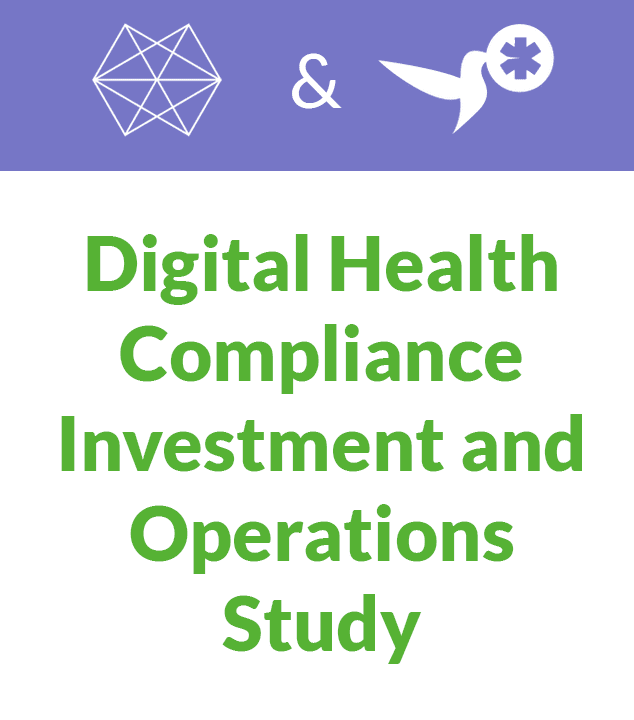
Article
Studying Compliance Burden to Improve SaMD Development
We didn’t predict it on January 1, 2020, but this has been one heck of a year in healthcare and life sciences, especially in terms of digital health and Software as a Medical Device (SaMD). We’ve been reaching out to a wide range of industry leaders, thinkers, and pioneers in the spaces of digital health, MedTech, and Software as a Medical Device (SaMD) space, asking them to tell us what they learned this year.
These six experts all replied with great insights from a year that could be described as both drinking from the fire hose and getting a Master’s degree from the University of Hard Knocks, which is often better known for its K-12 lab school affiliate, the School of Hard Knocks.
Our experts come from a range of organizations including the Digital Medicine Society (DiMe), Denti.AI, BCG Digital Ventures, Nordic Semiconductor, and Vanderbilt University, and their answers cover a range of topics including systemic social barriers, data linking, and customer experience.
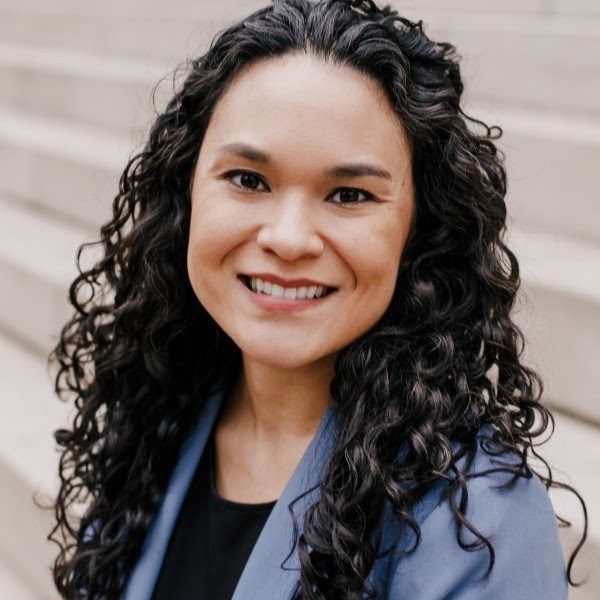
Rachel Chasse is the Director of Innovation at Digital Medicine Society (DiMe). She is a digital medicine advocate dedicated to innovative solution finding across teams and business units to achieve initiatives optimizing patient healthcare.
What has been your biggest lesson from 2020 in terms of digital health and MedTech?
“Finally, it looks like conversations about systemic barriers related to access to care, inclusion in research, and health disparities are beginning to happen on a large scale. COVID-19 has been a pandemic of racism with BIPOC being disproportionately affected, and with the rapid growth of digital medicine in 2020, it is critically important for developers to assess their products with an intentional focus on equity. One of the biggest lessons I learned this year in relation to digital medicine is that it is possible for us to build a more equitable future of healthcare — we just have to be intentional about building the future we want to see and not lose hope.”
Which organization, trend, or person who was not high on your radar at the beginning of 2020 for digital health and MedTech innovation but is now? Why?
“It has been a joy to learn more about the incredible companies in the digital health ecosystem delivering healthcare specifically to minority groups. It is these companies who are fighting the good fight by directly combating systemic and historical barriers to care, and filling the gaps in America’s healthcare system. Examples of these companies are Ayana, connecting minorities with mental health professionals matching their background, Queerly, partnering LGBTQ-friendly health professionals with LGBTQ+ patients, and Health in Her Hue, linking Black women with culturally-competent providers.”
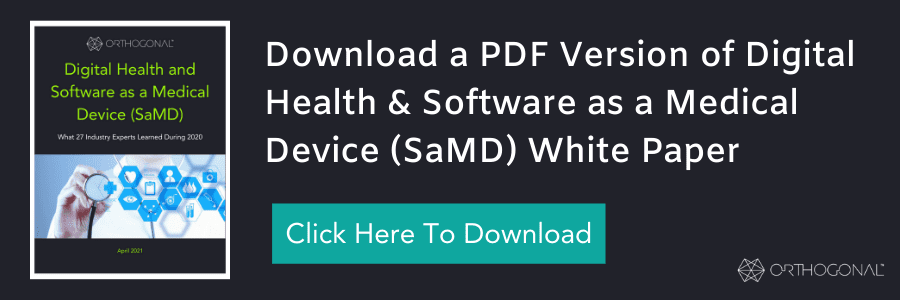

Dr. Eric Pulver is the Chief Dental Officer at Denti.AI, an artificial intelligence and software company delivering solutions to the largest DSO’s across North America. He is currently an adjunct instructor at Indiana University Dental school and a member of the American Board of Oral and Maxillofacial Surgeons.
What has been your biggest lesson from 2020 in terms of digital health and MedTech?
“The convergence of innovation and technology has led to exponential advancements during COVID-19. Real-time decision making and adaptive leadership have emerged as essential tools for navigating the uncertainties throughout 2020 and beyond. Existing Digital channels have emerged as hyper highways leading us forward to the future of work, health, and wellness. Artificial intelligence, machine learning, IoT, and Telehealth have helped link together vast amounts of information at speeds not previously experienced. Digitalization processes linking data mining, knowledge, and clinical decision making present an opportunity to provide quality assurance, standardization, efficiencies, and value-based care. The core lesson learned is more of a question we all face: Will we choose to reset and relapse or reboot to a future of abundant opportunity.”
Which organization, trend, or person who was not high on your radar at the beginning of 2020 for digital health and MedTech innovation but is now? Why?
“Digital platform webinars and meetings have allowed for unprecedented global collaboration. These connections are being created through traditional and nontraditional organizations and associations. Direct connections between clinicians, academics, industry leaders, and innovative visionary entrepreneurs have led to a collective movement for transformative change. A trend within the dental profession has been a heightened awareness of the significance of artificial intelligence and machine learning and a consciousness towards closing oral-systemic health links. Hard evidence linking oral and systemic health carries a significance of elevating the position of oral healthcare providers in the overall ecosystem of population health and wellness. COVID-19 has opened a curtain through which we can take a glimpse into the future and find a pathway to follow if we choose.”

Sawan Ruparal is the CTO for New Ventures and Engineering Director at BCG Digital Ventures, a corporate venture capital firm that invests in enterprise-grade startups in partnership with the world’s most famous and influential brands.
What has been your biggest lesson from 2020 in terms of digital health and MedTech?
“Technology customer experience (CX) played a key role in the adoption of MedTech. Doctors and others adopted non-enterprise grade solutions to reach out to the patients and solve the patient problem, because the technological solution provided better customer service but not necessarily because it passed through an extensive Health IT evaluation.”
Which organization, trend, or person who was not high on your radar at the beginning of 2020 for digital health and MedTech innovation but is now? Why?
“As more and more people are adopting Digital Health solutions and new standards are getting adopted by electronic health records, Healthcare consumerization is on its way. Because of this, we have an upcoming challenge for the providers to consolidate all the data points from a patient’s experience and provide effective care. This has moved up the radar because we are seeing more and more solutions fragmenting the data captured on patient health data.”

Since 2017, Thomas Soederholm has led the Nordic Semiconductor business development team across many different verticals in the IoT space including health care, supporting the market with low power connectivity solutions like Bluetooth, Thread, LTE-M, and NB-IoT. He holds a Master of Science in electronics from Norwegian University of Science and Technology (NTNU), Trondheim, Norway, and has 22 years of experience in the industry, starting as a digital designer.
What has been your biggest lesson learned during 2020 in terms of digital health, SaMD, and MedTech?
“As market leaders in low power wireless connectivity, we have been on the early frontier of the connected patient. Having worked with the medical and health care industry for years we also know that this is not done overnight, until now. The COVID-19 pandemic has shown us that there is a major need for more connected patient technology and telehealth solutions and has also pushed the developments in these fields forward much more rapidly than usual. Hopefully, this is a trend that we will continue to see grow as we cope with this pandemic and prepare for the next.”
Name an organization, trend, or person engaged in some way in digital health, SaMD or MedTech innovation that was not high on your radar at the beginning of 2020, is now high on your radar. And why have they moved up your radar?
“One of the trends that has stood out for me with the emergence of COVID-19 has been the use of Bluetooth connectivity to crowdsource health data for tracking and curbing the spread of infectious diseases like influenza-like illnesses. A great example of this is the smart thermometer solution from Kinsa Health in the US. By using a Bluetooth-enabled thermometer connected to an app on a smartphone, anonymized temperature data can be shared with the Kinsa cloud service. As high fever is considered one of the symptoms for COVID-19 it’s then possible to identify potential hotspots quickly and take proactive measures to curb the spread.”

Dr. Masood Machingal joined CTTC at Vanderbilt University in February 2012 and is responsible for identifying, protecting, and marketing technologies in both physical and life sciences, as well as managing the licensing activities for VU e-Innovations. Masood is a member of the Association of University Technology Managers, where he serves on the Membership Committee, and the Licensing Executives Society.
What has been your biggest lesson learned during 2020 in terms of digital health, SaMD, and MedTech?
“We have had a series of interrelated lessons learned over the course of this year:
Name an organization, trend, or person engaged in some way in digital health, SaMD or MedTech innovation that was not high on your radar at the beginning of 2020, is now high on your radar. And why have they moved up your radar?
“Vehicle manufacturers and other non-MedTech manufacturers getting involved in MedTech manufacturing was not in the picture.”
Over the next few weeks, we will be releasing more blogs sharing the replies from other experts. You can follow this series using #DigitalHealth_SaMD_2020 on Twitter and LinkedIn, or sign up for our newsletter.
Related Posts

Article
Studying Compliance Burden to Improve SaMD Development
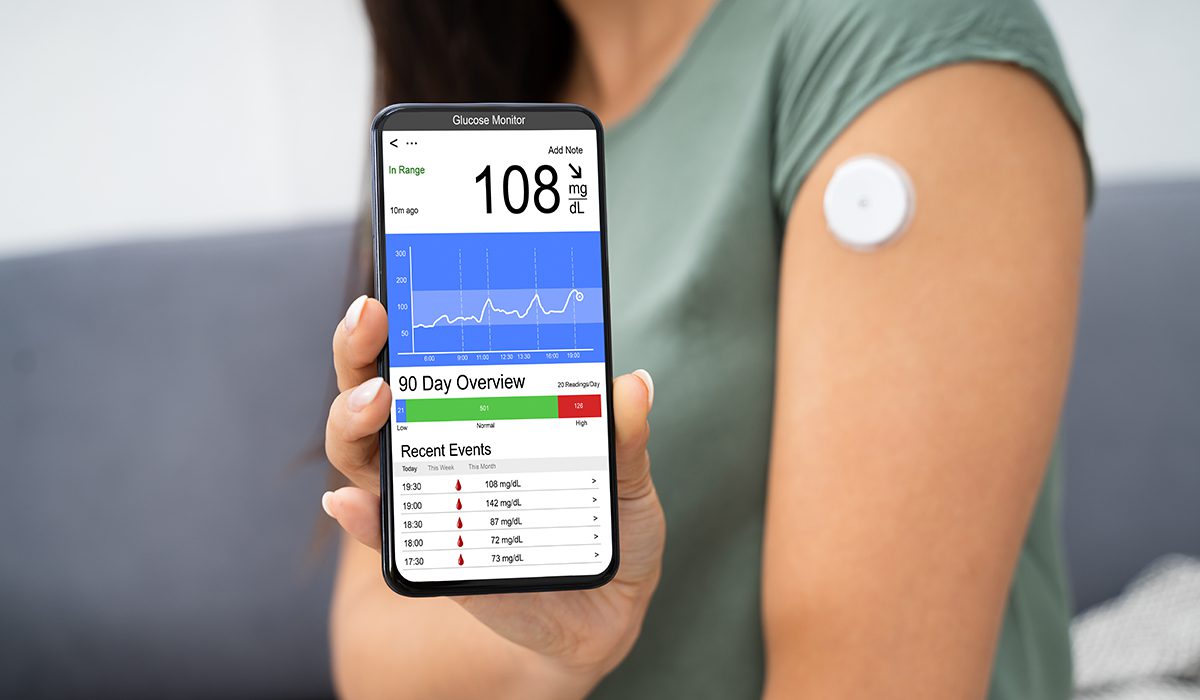
Article
Lifestyle Integration for Medical Devices
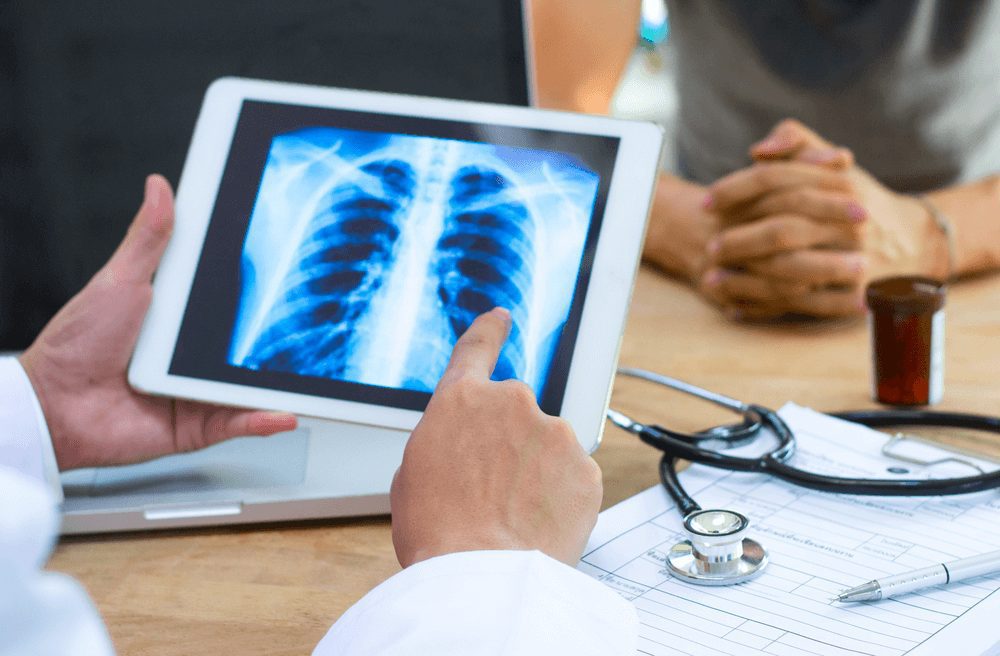
Article
CEOs and other Digital Health Experts on SaMD in 2020

Article
Looking Back at a Pioneer in DTx and SaMD – Propeller Health in 2013